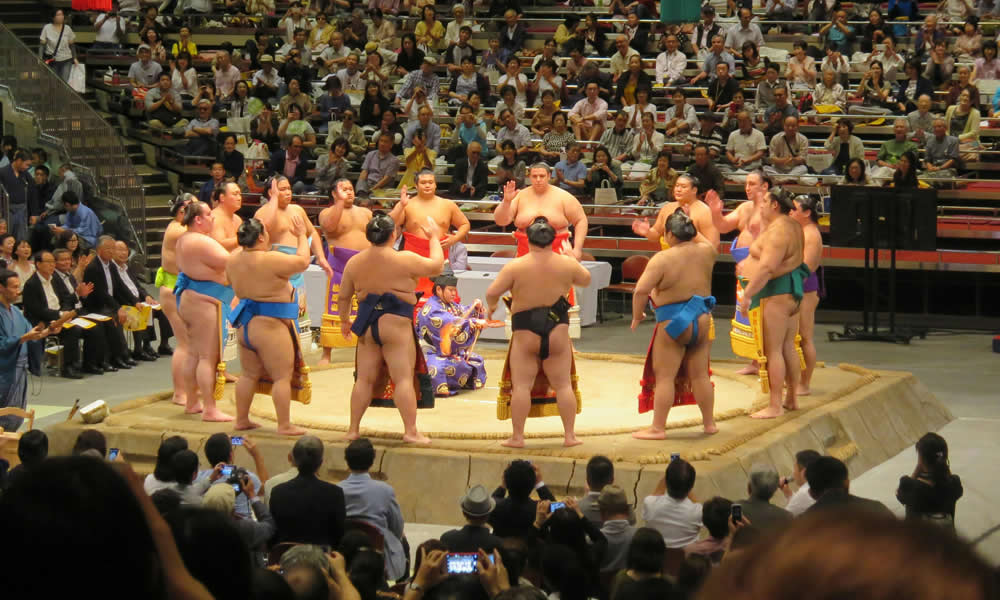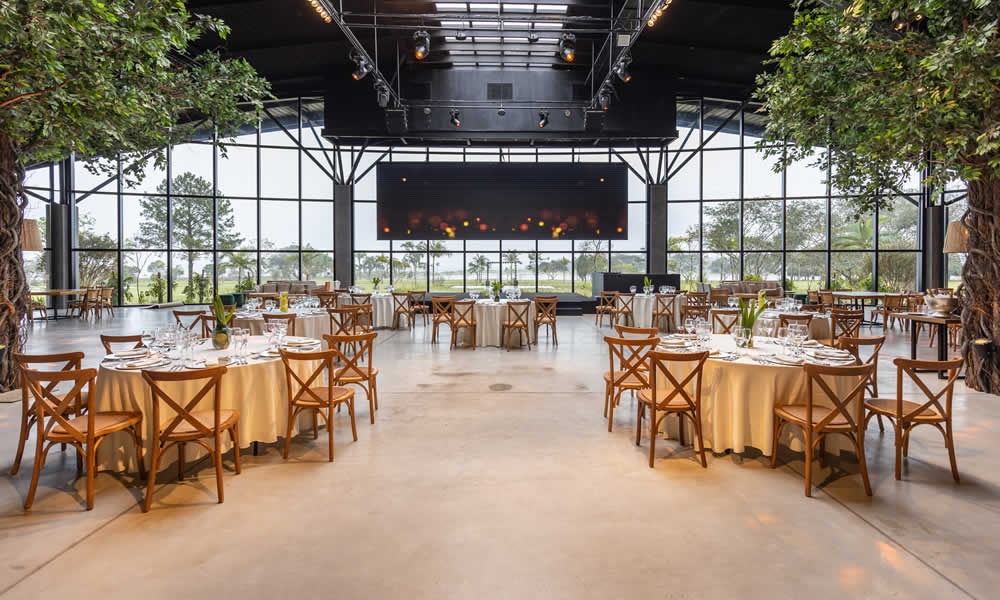Hybrid Events; How To Succeed

The pandemic forced most people online to work and play. That meant events had to follow and it's been very successful for those that have embraced it. Although we can't have the huddle chats post event with new contacts or old friends, at least we've been able to virtually network, attend events all over the world and attend virtual exhibitions. Our lives moved online and the tech has coped.
As we come out of isolation and begin to meet up with people again, event organisers are looking forward to welcoming attendees back into the room, but after all the articles and online discussions, they're also seriously planning hybrid events.
Which begs the question, if hybrid isn't one thing or another, what is it? What it is, is an opportunity to maximise the opportunities of both in-person and online worlds to expand your reach and gain the delegates that would not have been possible pre Covid. The logic is that hybrid will enable them to retain their growing online audience while allowing them to bring customers into their meeting or exhibition space. It will help businesses take advantage of the best of both worlds. That's the theory but the experience has to be successful for both these groups, otherwise there won't be repeat business.
As hybrid consists of two parts, online and in-person. Treat the event as two separate ones for organisational purposes and have one person in charge of the online event and another for the in-person one. The line of responsibility will be clear to everyone and make sure they continually liaise to prevent mishaps. For example, the online side needs to have a good internet connection for live transmission (a dedicated one if it's being shared with others), cameras and a presenter used to appearing on camera and post production. The in-person event will need good transport links including good parking facilities as people shun using public transport to reduce infection transmission, a venue that can feed and water delegates in a Covid safe way and you'll need a venue that will be able to provide a good stage for both sides of the event.
How can I make the online side function?
We had to climb a steep learning curve about online events at the start of the pandemic. We've adapted to the situation and we can retain those newly aquired skills within the hybrid model. But what does the online section of a hybrid event require?
The minimum number of cameras for the filming an engaging event is three: one for close ups and one on either side of the presenter. The close up camera will do most of the filming and the other two are just to give visual breaks which will add interest and give post production material to create an interesting video.
Some examples
If you look at these example TED talks, you'll see that the close up camera is used most of time:
In this TEDx video, Jennifer Roberson stays in one place, on the red spot, by using a fixed microphone. The video opens with a close up shot and closes with a wide angle one.
Watch Now on YouTubeIn this TEDx video of Sharon Kristjanson's presentation, two cameras are used but she's looking to the side of both of them. A more friendly approach is to have the speaker looking directly at the camera for at least some of the time.
Watch Now on YouTubeIn this video, the close up camera was used about 90% of the time with the remaining 10% split between the left and right cameras. Wide angle shots were used to open and close the presentation to give a sense of place for the event.
Watch Now on YouTubeYou'll notice that the speakers have to stand in one spot. The size of the spot does vary but the presenter cannot move out of that area. The reason? The event has to be run with the minimum amount of tech knowledge and equipment. Skilled camera operators can't be used for every event to track the subject and adjust the focus, yet a high quality production is still necessary to keep the audience tuned in. So, brief your presenter to work to the camera; movement is still allowed but just not out of the space! Capturing good quality footage to enable easy post production becomes even more important if your registration app has an 'on demand' feature because you'll want to present your best work to the world.
We're back in the building
In the UK, we're allowed back in the venue and being a hybrid event, there has to be an actual audience. In-person attendance is essential for the raport between the audience and the presenter, creating the atmosphere for the audience who couldn't attend. You'll have to enable the online experience to be available to the audience so that both can get involved and feel that they get equal value from the event, so consider making the online networking and gamification available to both.
There is one problem that will need to be solved. Successful in-person presentations need dynamic and inspirational presenters. These presenters tend to move around. But, for a hybrid event, you'll need to somehow restrict their movements as mentioned above, as the cameras can't focus on someone charging around the stage. If you got it wrong, your online audience would just see glimpses of your presenter as they appeared and disappeared out of shot. I forsee lots of coloured dots on stage floors to keep presenters in their place or consider a panel event as your presenters will be sat in one place for the duration!
Arrange for the presenter to be in charge of the wireless presentation remote control (aka slide clicker) so that you don't have the immortal phrase of 'next slide please'.
Which events suit the hybrid model?
However, one that has vast amounts of data to be consumed by the audience is going to be tricky. Data is best presented via slides and a large amount of data is difficult to assimilate in a hybrid event because the camera operator is faced with either focusing on the presenter or the slides. Try to simplify the message and slides so that both can be accommodated or use a webinar provider like Zoom so that the online delegate can have two windows, one with the presenter and the other with the slides. I've had difficulty when the webinar has been presetnted in Meetings mode but it works in Webinar mode.
In the old days, one way of keeping the in-person audience is sharing promotional materials. If you can do this in a Covid safe way with the materials packed and handled in a sanitised way, this is still a good way of keeping your audience's mind on your presentation. These materials will need to be distributed to the online one prior to the event. However, it's a good way of keeping both audiences engaged and your event memorable, especially the online one as who doesn't like receiving presents in the post?
On-demand
I mentioned on-demand briefly and it's a real audience winner for both audiences, if your software can handle it. Post event, both audiences can relive the experience and use it to reinforce what they'd heard, correct any misunderstandings and use it for future reference. This is where good post production comes into its own. The team will need to create a visually interesting video to keep your audience attentive. You can use extracts for future advertising and social media posts. Your audience can be multiplied with the posting of the material on a channel like YouTube - good marketing for future events!
Hybrid has been used by TV to broadcast live sports events since the 1930s (apparently it was Wimbledon) and over the years the technology has been improved to cope with the vagaries of the weather, reliability of the cameras and expertise of the crew. Now these hybrid events can be viewed not only at home but in outside stadia, pubs, on phones and mobile devices, anywhere and on any internet connected device, something unimaginable in the 1930s.
Things to bear in mind
Online broadcasts need very accurate timing ... which conflicts with an in-person event. When have you known an in-person event to start and finish on time? As you're running the two together, you'll need to be stricter with the timetable. The first thing is to ensure that the audience is in their seats on time and if you're unsure that this will happen, have a 'warm up act' for the online audience to bridge the gap. This is something that happens in a live TV broadcast so some people in your audience may be used to this already. There'll be housekeeping for the in-person and online audiences anyway and this can be incorporated in the warm up.
You may think that a video wall of audience members would be an inclusive idea, but I would caution against it. You'd need GDPR permission to display the online audience and there's the possiblility of an online audience member hijacking the event. You don't want to be faced with someone who wants to compete with your presenter or someone who's forgotten that the camera is switched on!
Have a question wrangler on hand for both online and in-person questions. Some events have pre-submitted questions and a question wrangler can group them together in common themes. The same goes for online questions. The question wrangler can also try to deflect an in-person questioner who's more interested in their own voice and question than the presenter or the answer. I've seen it happen and it makes for uncomfortable watching. Brief your question wrangler to cut short any rambling questions for the sake of the audience and your timetable.
And finally ...
So hybrid has been going on for a long time, it's only in this pandemic that the same approach to events has evolved from online to making the best of both online and in-person.
So if you want hybrid to succeed, use the best bits of both for your event. We're still on a steep learning curve to bring hybrid events to our audiences but like the early sports events, our skills and technology will help us succeed. Some members of your audience have become acustomed to accessing events all round the world without having to leave the home or office and would like to continue. Others are dying to get into a venue and start talking to people. Make use of the static presenters, with good production and post production to keep both audiences engaged and you'll be able to double your audience and reach.










Leave a comment